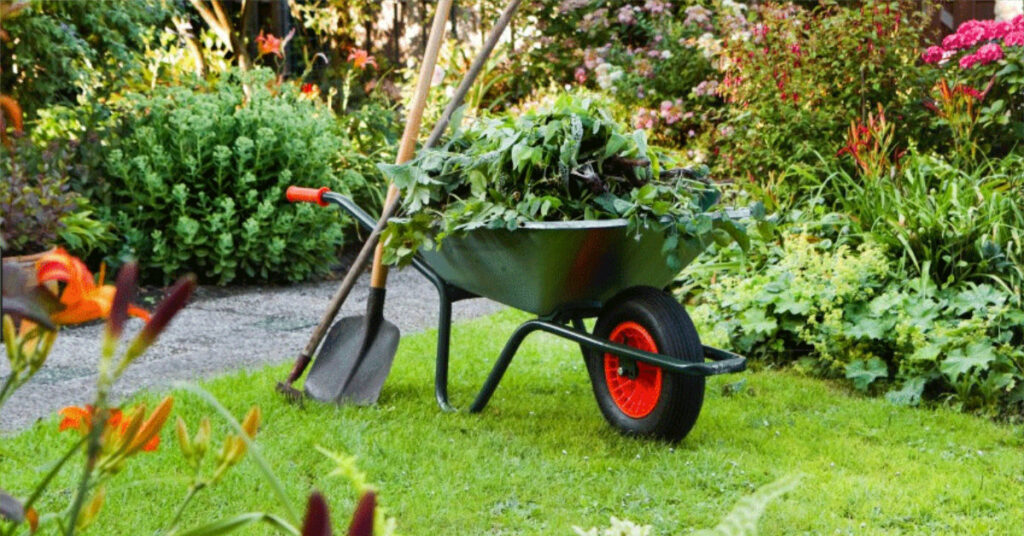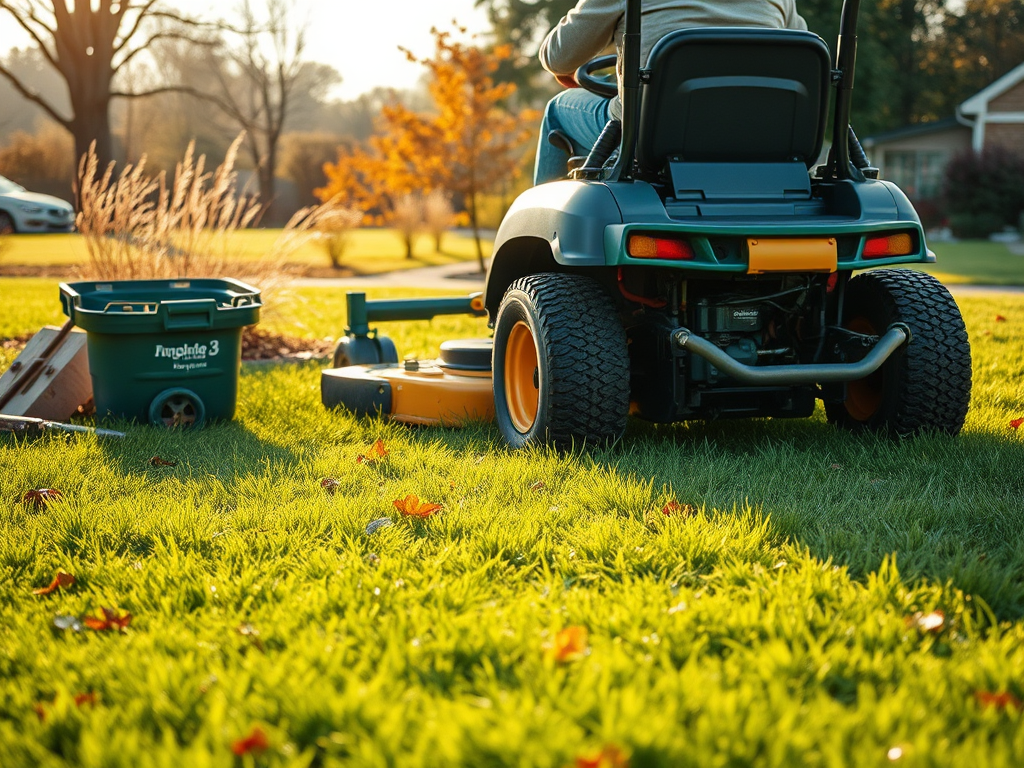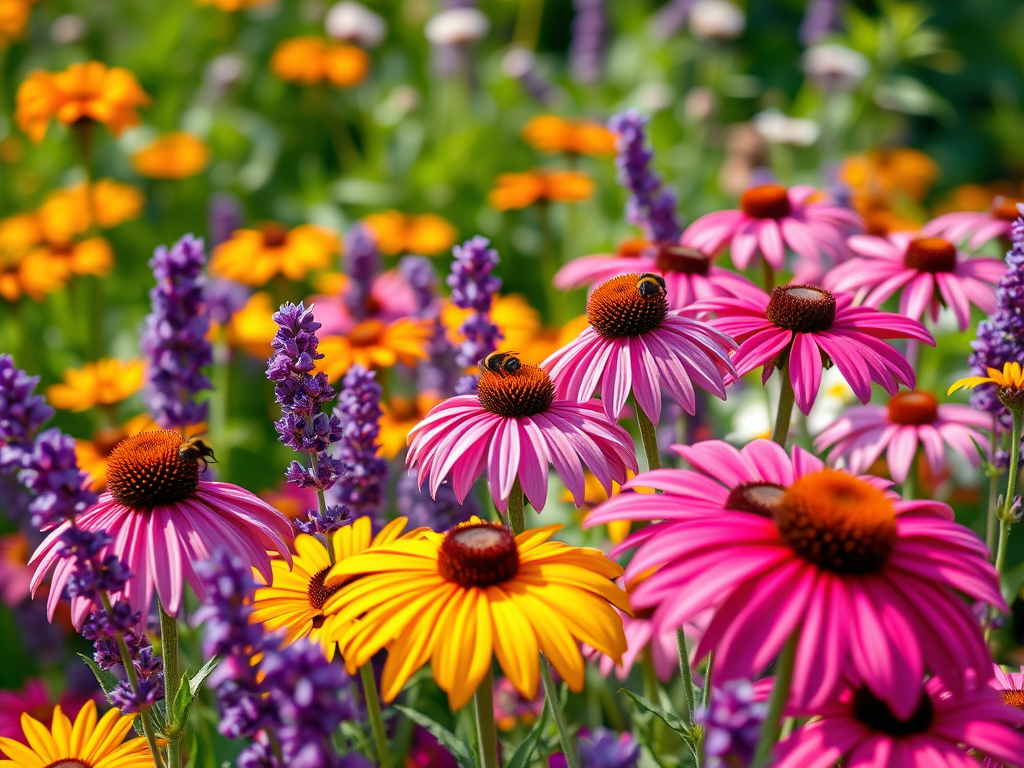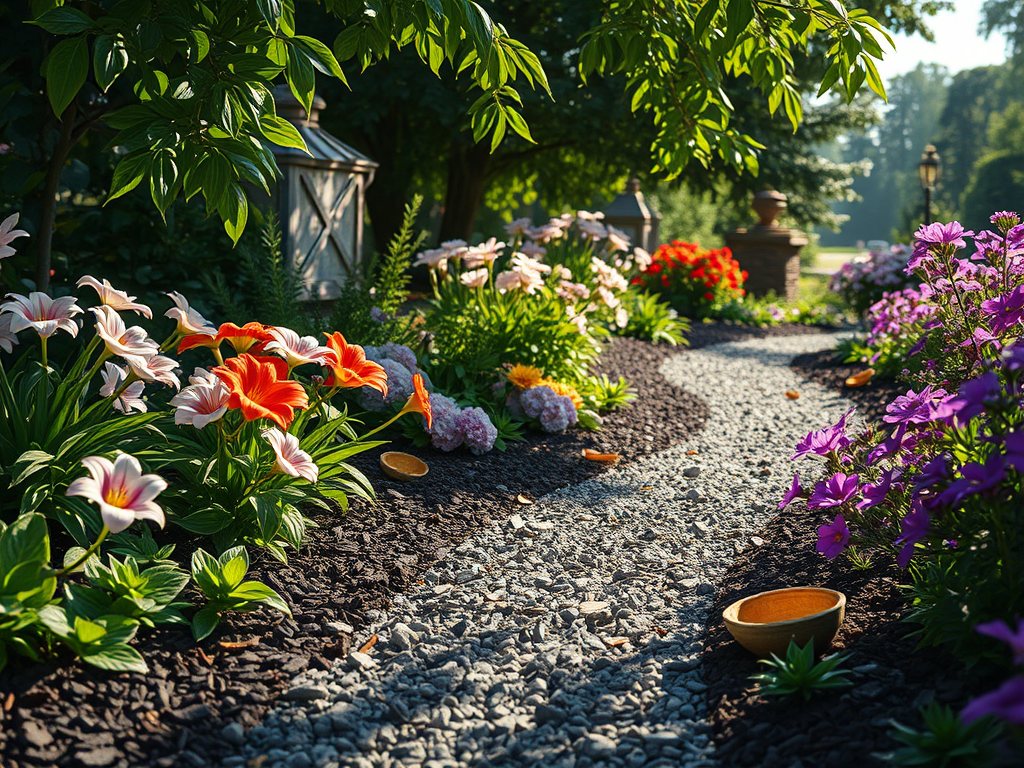A DIY guide to “Bringing Back Beautiful”
As the last winter frost ebbs away, and the first signs of spring emerge, it’s time to roll up your sleeves and embark on the rejuvenating journey we call Spring Prune/Cleanup. Whether you’re a seasoned gardener or a novice enthusiast, this crucial yearly rhythm sets the stage for a vibrant and thriving outdoor space throughout the remainder of the year. In fact, there are critical tasks you can tackle now, in order to ensure you avoid frustrating pitfalls and challenges later. In today’s blog post, we’ll delve into the details of what’s involved in a spring landscape cleanup, covering everything from ideal weather conditions, to pruning techniques, and a thorough checklist of tasks you should add to your spring list.
Ideal Weather Conditions: Before diving into the seemingly endless list of tasks at hand, it’s essential to consider the weather conditions conducive to spring cleanup.
Generally, you’re going to want to aim for a day with mild temperatures, preferably above freezing. Not only is it easier to function in temperatures like this, but it’s also simpler to avoid damage to sensitive plants or other features, such as irrigation heads, landscape lighting, etc.—all of which are more brittle than usual when temperatures are below freezing. Avoid undertaking cleanup tasks during periods of heavy rain or when the ground is excessively soggy, as this can cause damage to the soil–as well as your lawn–and can make your work more challenging. A clear, sunny day with a gentle breeze is ideal for tackling outdoor chores.
Pruning Do’s and Dont’s: Pruning is a vital aspect of spring landscape cleanup, but it requires careful consideration to ensure the health and vitality of your plants. Here are some essential do’s and dont’s to keep in mind:
Do:
- Prune Dead or Damaged Branches: Remove any branches that appear dead, diseased, or damaged. This not only improves the overall appearance of the plant but also promotes healthy growth by eliminating potential sources of infection.
- Shape Shrubs and Trees: Trim back overgrown shrubs and trees to maintain a neat and tidy appearance. Focus on maintaining a natural shape while removing any excessive growth that may impede airflow or sunlight penetration.
- Prune After Flowering: For flowering shrubs and trees, such as lilacs and forsythias, prune them immediately after they finish blooming. This allows them to set buds for the following year without sacrificing the current season’s flowers.
- Use Sharp Tools: Ensure your pruning tools, whether shears, loppers, or saws, are sharp and clean to make precise cuts and minimize stress on the plants. Imagine if your doctor performed surgery with dull, dirty tools—and you’ll get the picture of the potential damage you can cause your precious plants!
Don’t:
- Prune Spring-Blooming Shrubs in Fall: Avoid pruning shrubs that bloom in spring, such as azaleas and rhododendrons, in the fall or winter. Doing so risks removing the flower buds and diminishing their spring display.
- Overprune: While it’s essential to remove dead or damaged growth, avoid overpruning, as this can weaken the plant and leave it vulnerable to disease and pests. Stick to the 20-30% rule, removing no more than one-third of the plant’s overall growth.
- Prune Frost-Sensitive Plants Too Early: Hold off on pruning frost-sensitive plants, such as hydrangeas and roses, until the threat of frost has passed in your region. Premature pruning can stimulate new growth that may be damaged by late frosts.
Tasks Involved in Spring Landscape Cleanup: Now that we’ve covered the basics let’s take a look at the nitty-gritty of what’s involved in spring landscape cleanup. Here’s a fairly comprehensive checklist of tasks to tackle:
- Clear Debris: Remove any debris, such as fallen leaves, branches, and accumulated winter mulch, from flower beds, lawn, and pathways.
- Rake and Aerate: Rake the lawn to remove thatch and dead grass, allowing for better air circulation and nutrient absorption. Consider aerating compacted soil to promote healthy root growth. Make sure you don’t aerate when the ground is too wet or soft—you’ll risk the aerator rototilling your hard, rather than just punching holes! Always leave the “plugs” that the aerator pulls up on the lawn to break down over the spring—this builds up the soil and aids in the overall health of your lawn.
- Inspect and Repair Hardscaping: Check pathways, patios, and retaining walls for any damage caused by frost heave or winter weather. Repair cracks, uneven surfaces, and loose pavers as needed.
- Divide and Transplant: Divide overcrowded perennials and transplant them to new locations to rejuvenate their growth and prevent overcrowding. This is a great way to fill dead spaces in the garden, or to bring new life to an area where something has previously been removed or died.
- Prune Trees and Shrubs: Follow the pruning do’s and dont’s outlined above, to shape and rejuvenate woody plants.
- Fertilize and Mulch: Apply a slow-release fertilizer to your plants, shrubs, and lawn, in order to promote healthy growth and replenish nutrients in the soil. Mulch your flower beds to suppress weeds, retain moisture, and regulate soil temperature.
- Inspect Irrigation Systems: Check irrigation systems for leaks, clogs, or damaged components. Ensure sprinkler heads are adjusted properly to provide adequate coverage without wasting water. Make sure you don’t fire up your irrigation system until the risk of frost is past—or else you may run the risk of costly freeze-breaks and extensive repairs!
- Clean and Sharpen Tools: Clean and sharpen your gardening tools, including pruners, shears, and shovels, to ensure they’re ready for the season ahead.
- Preventive Pest Control: Inspect plants for signs of pests or diseases and take preventive measures, such as applying organic pesticides or introducing beneficial insects. Talking with a professional about these issues can often result in a comprehensive plant/landscape health plan that will help your yard to truly thrive.
- Plan and Plant: Take stock of your garden layout and plan any additions or changes. Start seeds indoors for transplanting later or directly sow cold-hardy vegetables and annual flowers.
By following this comprehensive guide to spring landscape cleanup, you’ll set the stage for a vibrant and flourishing outdoor oasis to enjoy throughout the spring and summer months. Remember to take it one step at a time, enlist the help of family and friends (or a professional!) if needed, and most importantly, savor the rewards of your hard work as your garden comes to life once again.
Feel free to reach out to us with any questions you have about this or anything else you read on our website and blogs. We’re always happy to help out however we can, as we work together to Bring Back Beautiful!




